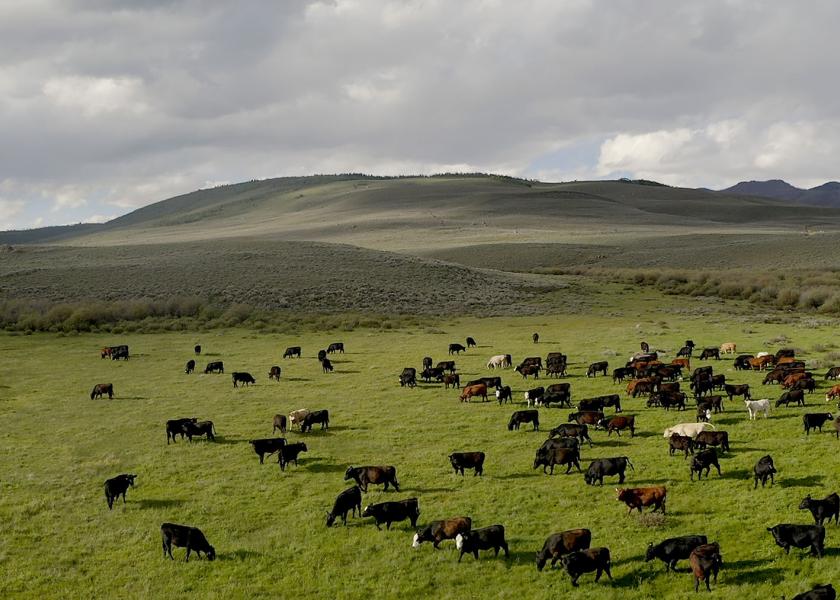Nalivka: Demand Increasingly Critical to Beef Outlook

As the end of the year rapidly approaches, markets have become volatile. Part of this is likely just the time of year going into the holidays as well as the uncertainty of demand going forward into 2024. And this uncertainty is compounded by recently released Cattle on Feed reports. I discussed the October 1 report from the standpoint of how the reported inventory and in particular, the number of heifers related to the January 1 Cattle Inventory.
I have similar concerns with the November 1 Cattle on Feed numbers. USDA indicated a 2% year-over-year increase in the November 1 total resulting from a 4% increase in the number of cattle placed on feed during October coupled with a 3% decline in the number of fed cattle marketed compared to a year earlier.
Suffice to say, I do not believe the number of cattle in the inventory coupled with the January through September steer and heifer slaughter would support the indicated feedlot placements. I compared this year’s feedlot activity with 2014 when we had a similar reported cattle inventory. So, I have assumed the cattle inventory is correct and therefore, the reported feedlot inventory is overstated. One might respond that it might be the other way around – an understated Cattle Inventory. That is a fair statement and one that can be debated. However, I would likely continue to maintain my assessment. I also understand the slaughter could the result of a slower marketing pace and the increase in carcass weights would certainly support that. Carcass weights will remain heavier into 2024 with sharply lower grain prices.
I did raise my first-half 2024 slaughter projections consistent with additional cattle numbers in the feedlot. Steer and heifer slaughter is always the resolution to any question about the report. So, while beef production will be higher than earlier projected as the result of additional cattle and heavier weights, it will still be down 4.5 % from this year.
I may sound repetitive, but while tighter cattle numbers and further declines in beef production will support higher prices, demand will increasingly become the critical market driver in 2024. This certainly is not to say that supply will take any less of a back seat in assessing the market outlook. However, from the standpoint of income, I do believe the U.S. consumer will be facing an economic picture that will be much tighter regarding their household budget. Life without those government dollars makes a difference.
How consumers manage debt and a higher cost of living will continue to evolve, but the data would suggest that they will be tightening their belts. Demand is always one-half of the price equation, but at current prices, assessing demand is likely more critical to the market outlook than it has been in the past.







